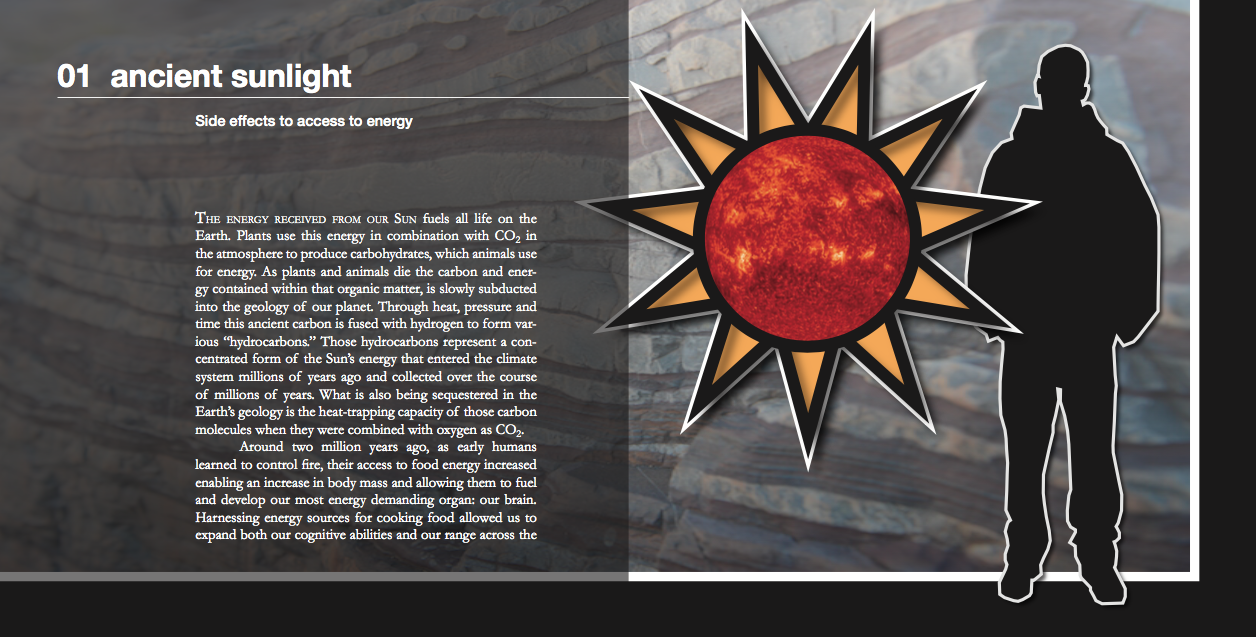
Below is an excerpted chapter from my book, Twenty-eight Climate Change Elevator Pitches.
The purpose of this book is to deliver basic climate science information to the public in a simple and time efficient manner. Even when people have an interest in climate and accept that we face a critical challenge, they still have busy lives. They have responsibilities at home and work that keep them fully occupied. Climate science is a big complex issue that requires considerable effort to understand. I find that there are large numbers of people out there who only have a limited understanding of climate change and have limited time to dig into the details. Ultimately, I think this potentially limits how engaged they become. So, for those people, I've written up these "elevator pitches" to try to get the most information possible across in under 2-minutes per topic.
Many of the regulars at Skeptical Science already know this information. All of you have friends who don't. All of you know people who want to understand more about this issue. You probably already refer them to SkS for reliable information on climate change. And while SkS is a great way to dispel climate myths and keep up with topical events, many people need a comprehensive primer course that fits into a busy professional schedule.
I've written 28 chapters and self-published them on Blurb.com, on iBooks and Kindle. I also have a long list of other chapters that I hope to add to these. All the graphics I've created myself with the hopes of bringing some life and visual engagement into the equation.
Following this I will try to post one chapter a month while I continue to work on new chapters.
~ ~ ~ ~ ~ ~ ~ ~ ~ ~ ~ ~ ~ ~ ~ ~ ~ ~ ~ ~ ~ ~ ~ ~ ~ ~ ~ ~ ~ ~ ~ ~ ~ ~ ~ ~

The energy received from our Sun fuels all life on the Earth. Plants use this energy in combination with CO2 in the atmosphere to produce carbohydrates, which animals use for energy. As plants and animals die the carbon and energy contained within that organic matter, is slowly subducted into the geology of our planet. Through heat, pressure and time this ancient carbon is fused with hydrogen to form various “hydrocarbons.” Those hydrocarbons represent a concentrated form of the Sun’s energy that entered the climate system millions of years ago and collected over the course of millions of years. What is also being sequestered in the Earth’s geology is the heat-trapping capacity of those carbon molecules when they were combined with oxygen as CO2.
Around two million years ago, as early humans learned to control fire, their access to food energy increased enabling an increase in body mass and allowing them to fuel and develop our most energy demanding organ: our brain. Harnessing energy sources for cooking food allowed us to expand both our cognitive abilities and our range across the planet. Over the following millennia humans improved tools and methods and advanced the capacity to survive natural variations in climate and defend against predators. This primitive access to an energy source is what defined us as a new and highly adaptable species on Earth.
Energy use escalated dramatically with the dawn of the Industrial Revolution in the 18th century when humans became aware of the energy that could be extracted from geological deposits of hydrocarbons. Widespread use of coal began in the mid-1700’s and increased over the following centuries. In 1859 oil was discovered, giving birth to the modern petrochemical industry. While early humans subsisted on about 100 watts of energy, Americans today use roughly 9200 watts per capita of energy for, among other things, heating and lighting our homes, transporting ourselves to and from work, cleaning our clothing, heating our water, storing our food, and engaging with each other over the internet. Energy rules our daily lives.
No one should dispute the almost magical properties of refined oil. Its energy density and transportability are nothing short of amazing. This accessible energy has allowed us to devote time to curing diseases and feeding the world in ways that were previously impossible. It allows travel to any location on the planet within a day or so. And we regularly send people and sophisticated machines beyond the reaches of this world. If you were an individual who lived just 1000 years ago and were transported to today, you would believe yourself dropped into a world populated by gods.
Now, each year, humans extract 10 billion tons of carbon from the earth, most of which is then used as fuel for energy and electricity. That’s nearly 1.5 tons of carbon per person liberated annually from where it’s been sequestered for many millions of years and relocated to the atmosphere. While it’s remarkable that we’ve tapped into this bountiful supply of energy and used it to improve our lives, what’s also become clear to scientists is that our modern god-like status comes with serious side effects. As we release the energy of this ancient sunlight, we are also reintroducing an ancient carbon cycle to our modern atmosphere, along with all its cumulative heat trapping capacities.
~ ~ ~ ~ ~ ~ ~ ~ ~ ~ ~ ~ ~ ~ ~ ~ ~ ~ ~ ~ ~ ~ ~ ~ ~ ~ ~ ~ ~ ~ ~ ~ ~ ~ ~ ~
Available: In Print, on iBooks or on Kindle
Posted by Rob Honeycutt on Friday, 17 February, 2017
 |
The Skeptical Science website by Skeptical Science is licensed under a Creative Commons Attribution 3.0 Unported License. |